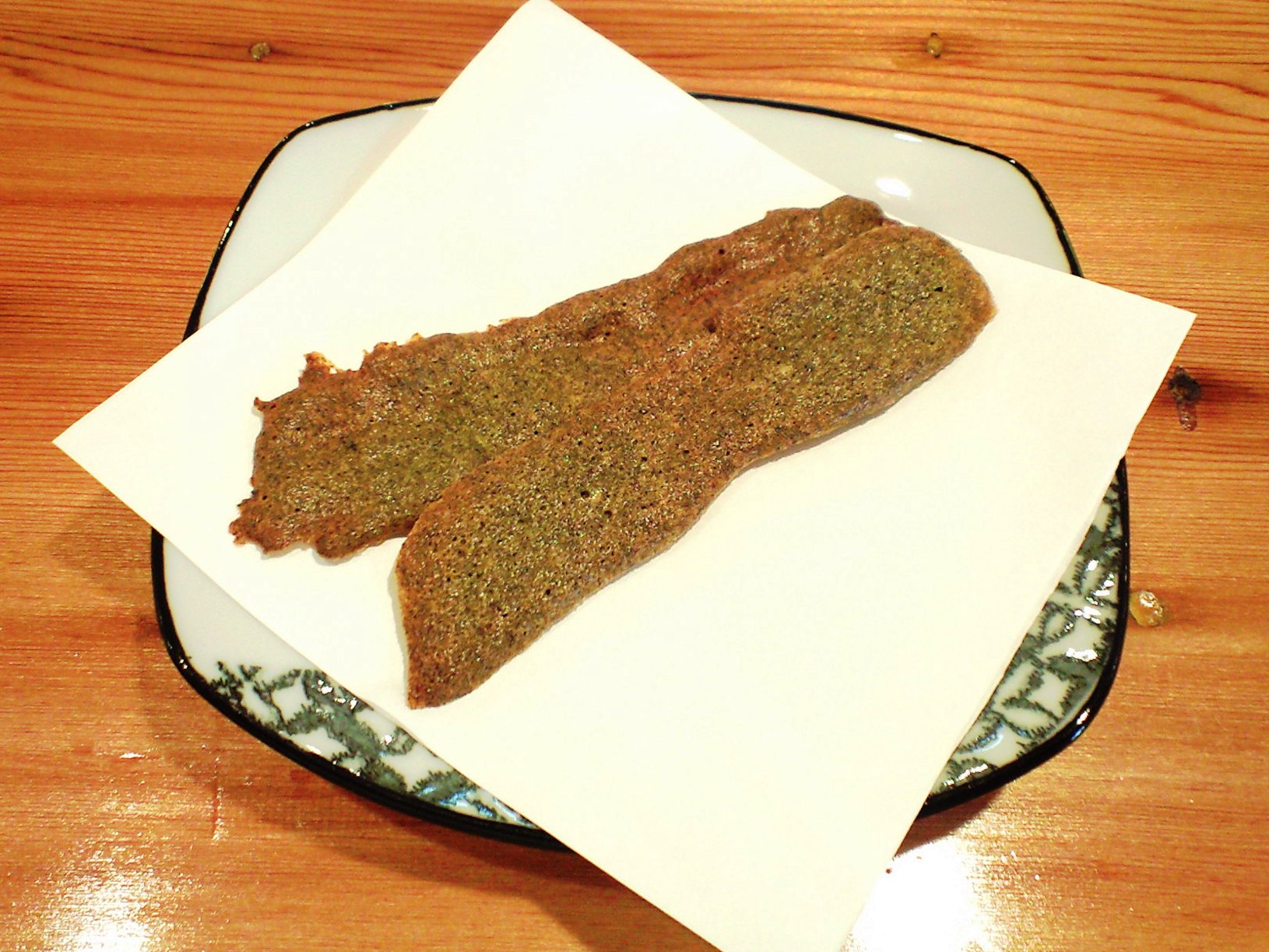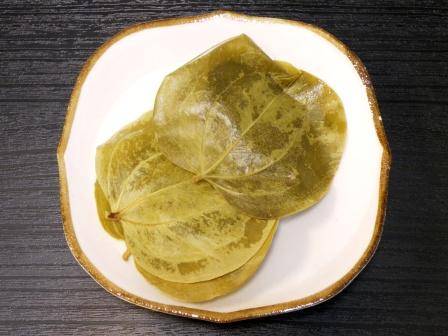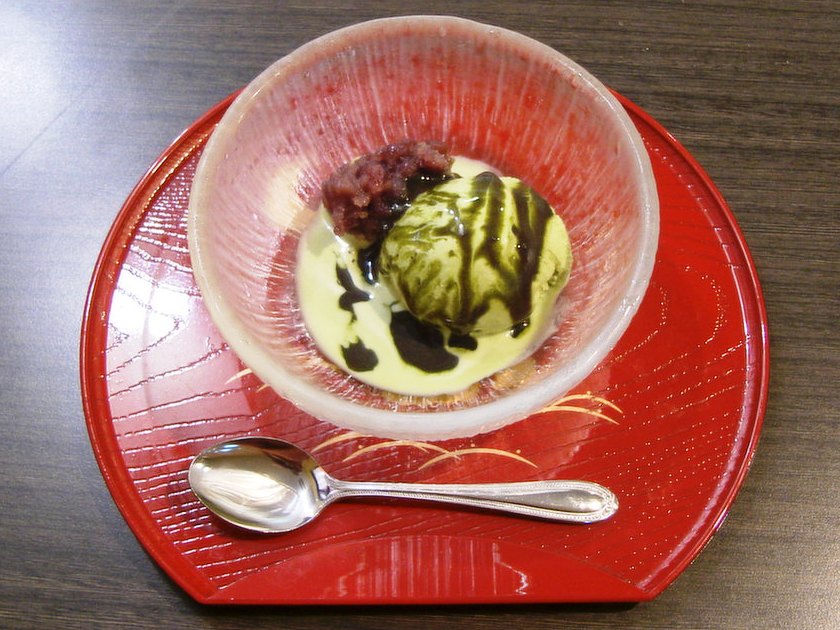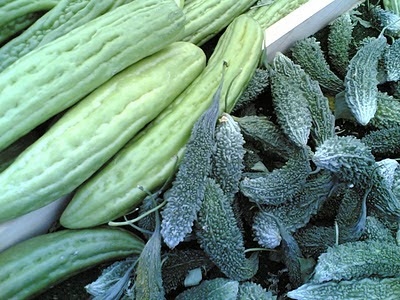 |
| Goya Fruit |
The English names for the plant and its fruit include bitter melon or bitter gourd. In China it is known as pinyin or kugua. The Philippines calls it Ampalaya and in Japan it is called Goya and in India it is known as Karela. It can also be found in South America and the Caribbean where its also known as Balsamino or Saraseed.
The plant itself is a tropical climbing vine with delicate yellow flowers and tender, deeply lobed leaves. They love all the sun and humidity they can get and require regular watering. We grow them using a trellis that is built into our fence and it works well. I built it so once the vine reaches the point it wants to go over the top of the fence we can move it to an angled trellis where the fruit can hang beneath the large green foliage.
Prepare a garden site that has good rich soil with lots of compost worked into it. Bitter melons can be a host to fungal diseases, so it helps to keep the ground surface dry. Place a strong trellis or support system into the ground that will allow the bitter melon to grow about 6 feet high. Augment the garden soil with compost or dried manure. Add iron suplement to sweeten the soil if you live in an area like us with moderate iron levels in the soil. This will promote that bright green tone in the fruit and leaves of the plants. Bitter melon prefers soil that is rich but drains well. Make sure the location receives six to eight hours of sunlight every day.
Harvest the fruits within two weeks after the flowers open. Young fruits ready for harvest are bright green, firm, juicy and crunchy. Fruits become more bitter and spongy as they mature.
| Single Climbing Vine |
Germinate the seeds by soaking them in water for 24 to 48 hours or until they swell up. Peel off the outer coating with a sharp paring knife and plant the seed about 3/4 of an inch deep into moist potting soil. Keep the soil most until a green shoot or cotelydon pops through the soil, which should take about five to seven days.
| Young Plant After Transplanting |
Transplant the plant once it has grown at least two real leaves and when the temperature outside has reached an average of 60 degrees Fahrenheit. In our area we plant between mothers day and memorial day when the threat of frost has diminished. Do not disturb the soil around the roots when transplanting it, if at all possible. Place the plant into a hole the same size as the dirt ball. Gently pat the plant into the soil. Ideal spacing between plants is around 2 feet apart along a row to allow sunlight to reach the lower branches.
| Our Plants Between Spring Peas |
Water the bitter melon vine in the mornings until the vines are well established. This will allow the heat of the day to dry the soil after watering. Another technique used in growing gourds and cucumbers is to place straw or hay around the base of the plant. This will help retain moisture in the soil without the vine resting in damp conditions.
| Fruit hanging from Trellis |
Train the vine to grow up your support system, using cotton string or plant ties if necessary. The vines will have small grabber shoots that will come out of the vine and grab on so if you mind the plants as they grow training your plants should be easy. Just move your vines without breaking off the grabbers and they will grab on by the end of the day to where you put them. The fruits will grow straight if they are hanging as opposed to laying on the ground. You can prune overreaching or wayward growths on the vines to control the shape of the plant and encourage development of new stems, which will bear more fruits. Typically the growing time for melons is 80 to 90 days, but it may vary for your area and growing conditions.
| Trained Vines on the Trellis |
| This One Got A Bit Too Ripe |
Here is a little bit about the Health benefits of eating bitter melon.
Bitter Melon helps support healthy blood sugar levels with compounds called charantin and momordicin.
Well that is it for today. I will follow up tomorrow with some receipes for cooking Goya Bitter Melon. I hope this has inspired some of you to try it.









 �the KarukanManjyuu in summer / the Karukan in winter】
�the KarukanManjyuu in summer / the Karukan in winter】

 ★Satsumaage★
★Satsumaage★ ★Kibinago(Silver-stripe round herring)★
★Kibinago(Silver-stripe round herring)★ ★PeanutTofu★
★PeanutTofu★ ★TonyuOkaraKonnyaku★
★TonyuOkaraKonnyaku★ ★Buta no Kakuni★
★Buta no Kakuni★ ★Hanakagomori★
★Hanakagomori★ ★Chabushi★
★Chabushi★ ★SakurajimaDaikon no Misodsuke★
★SakurajimaDaikon no Misodsuke★ ★Green tea Cookie★
★Green tea Cookie★ ★Akumaki★
★Akumaki★ ★Kakaran dumpling★
★Kakaran dumpling★ ★Handmade Awamochi (foxtail millet rice cake)★
★Handmade Awamochi (foxtail millet rice cake)★ ★Getanha★
★Getanha★ ★Jambomochi★
★Jambomochi★ ★Green tea Bavarian cream★
★Green tea Bavarian cream★ ★Matcha ice cream★
★Matcha ice cream★ ★MurasakiImo cake★
★MurasakiImo cake★ ★RyokuchaAnMitsu★
★RyokuchaAnMitsu★ ★ShiratamaZenzai★
★ShiratamaZenzai★ ★ChayanoRyokuchaNamaKyarameru,
★ChayanoRyokuchaNamaKyarameru, ★Kakigoori★
★Kakigoori★ ★OyakoDonburi special lunch★
★OyakoDonburi special lunch★ ★Nikujyaga special lunch★
★Nikujyaga special lunch★ ★Syogayaki special lunch★
★Syogayaki special lunch★ ★TonkotsuRamen★
★TonkotsuRamen★ ★Chasoba special lunch★
★Chasoba special lunch★








